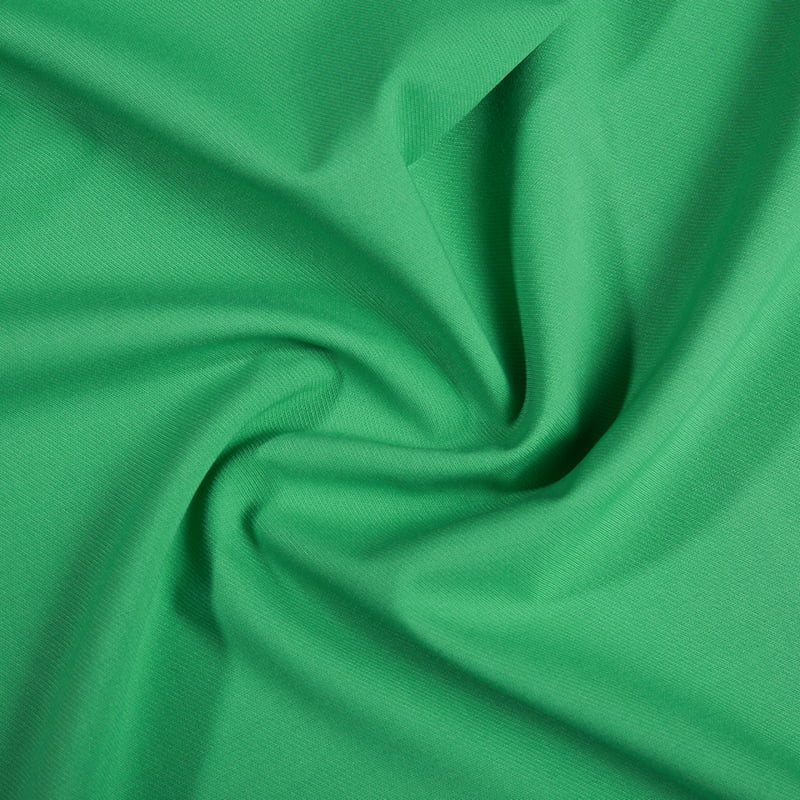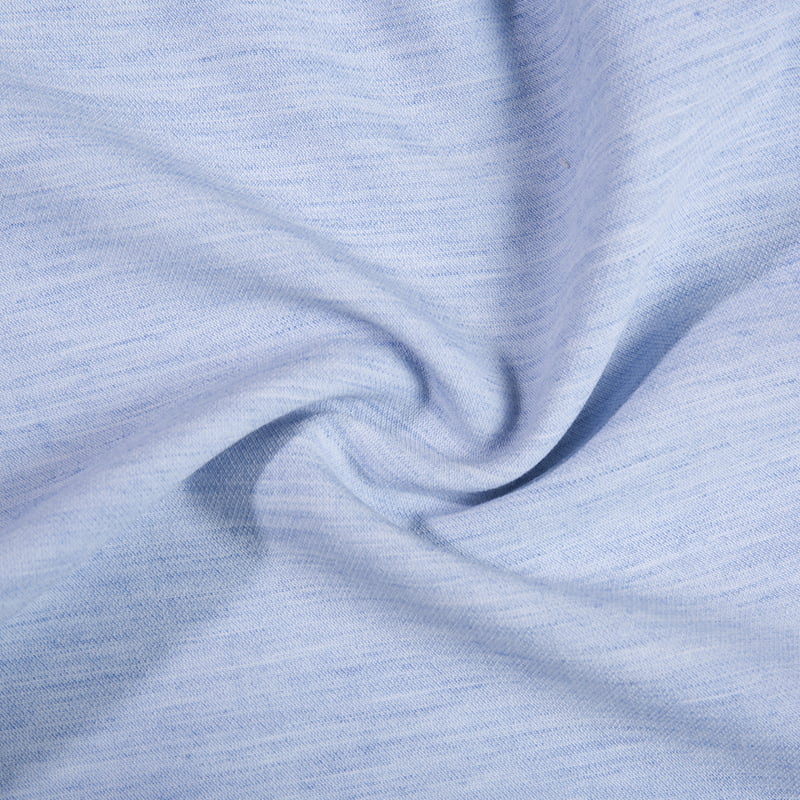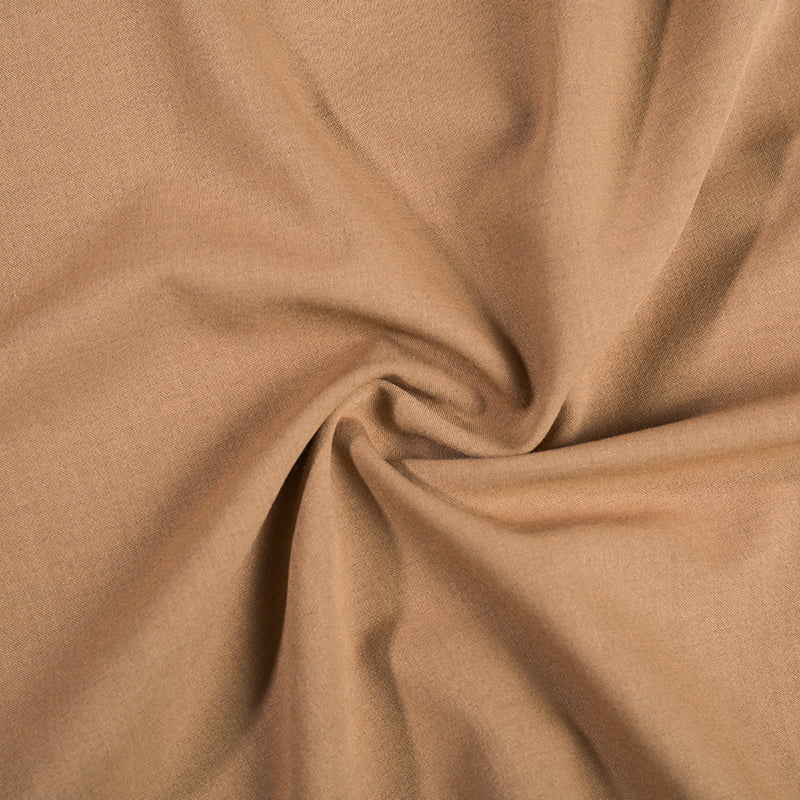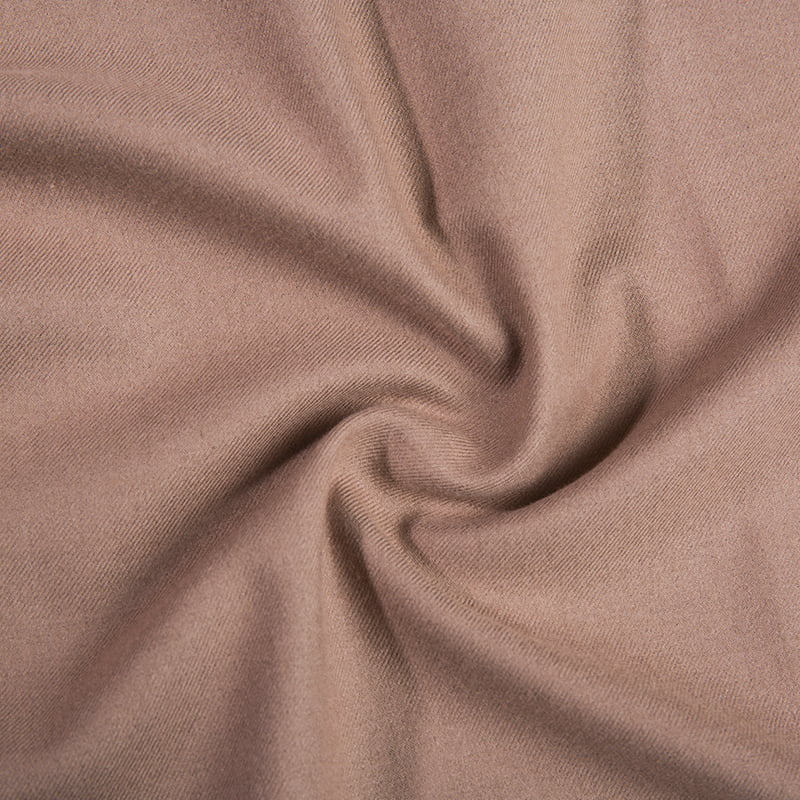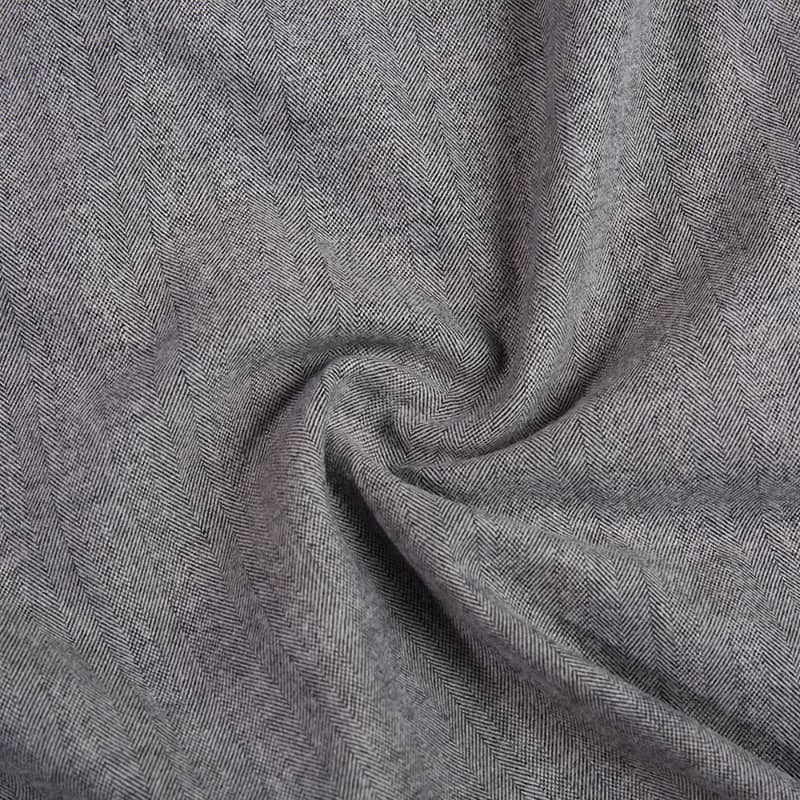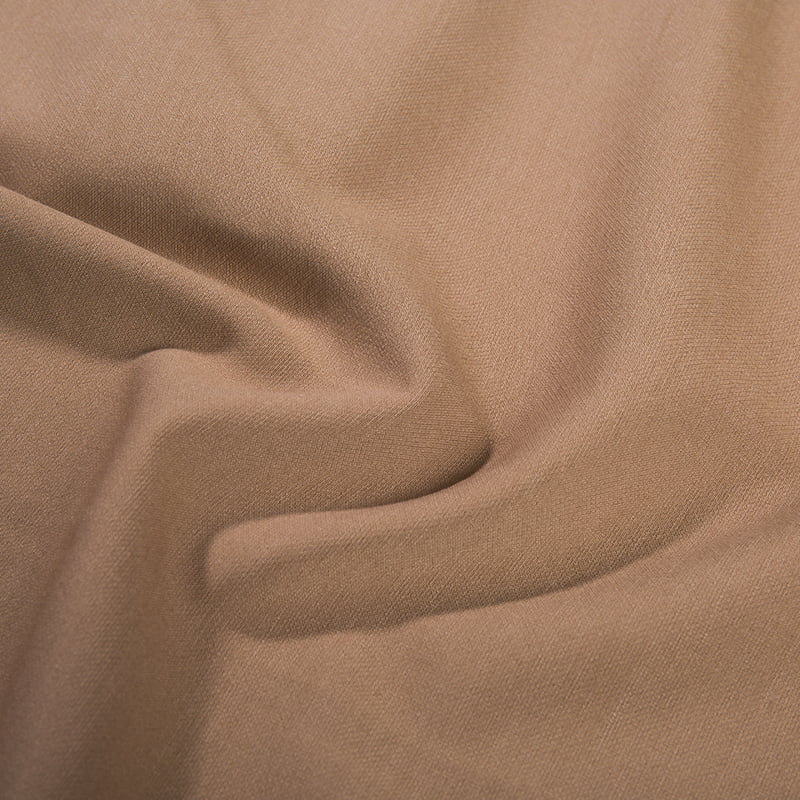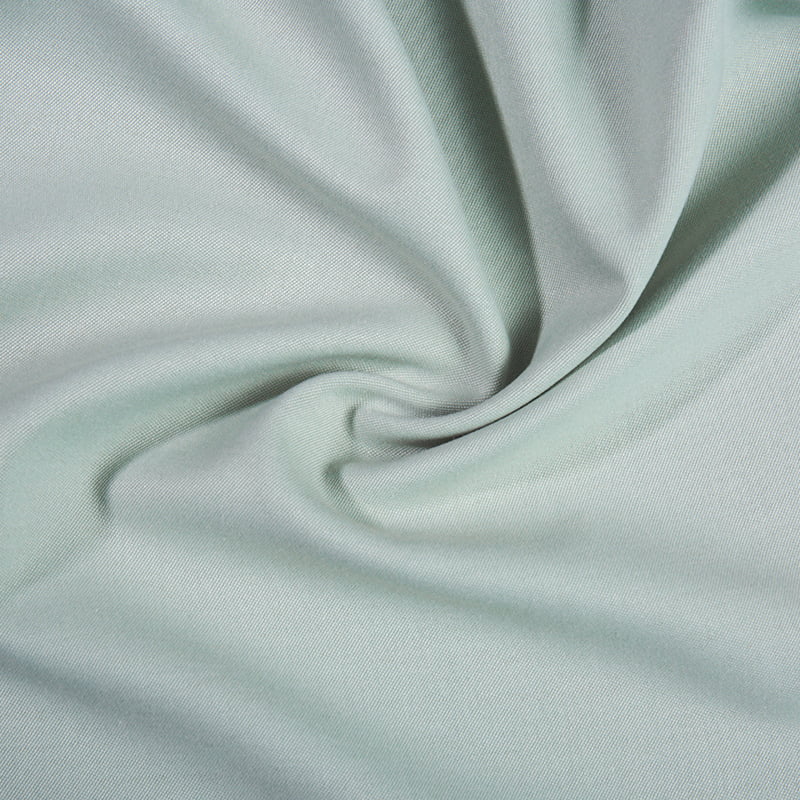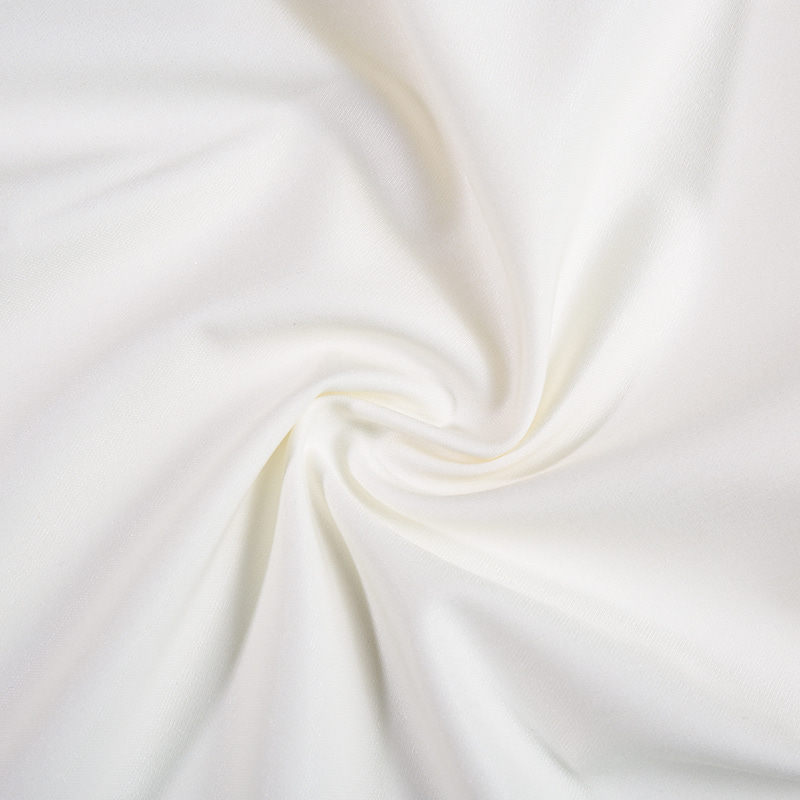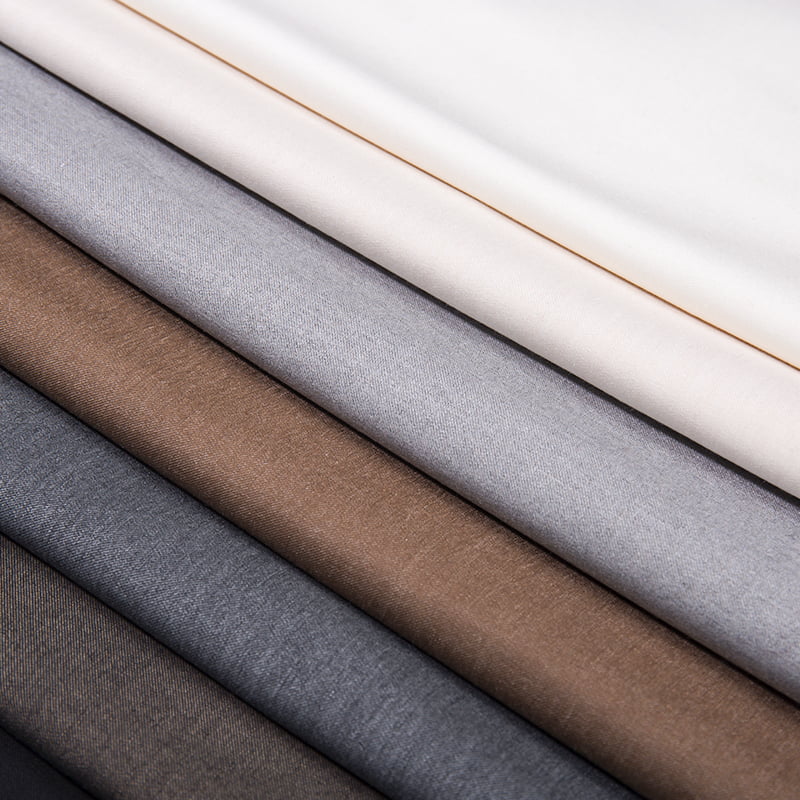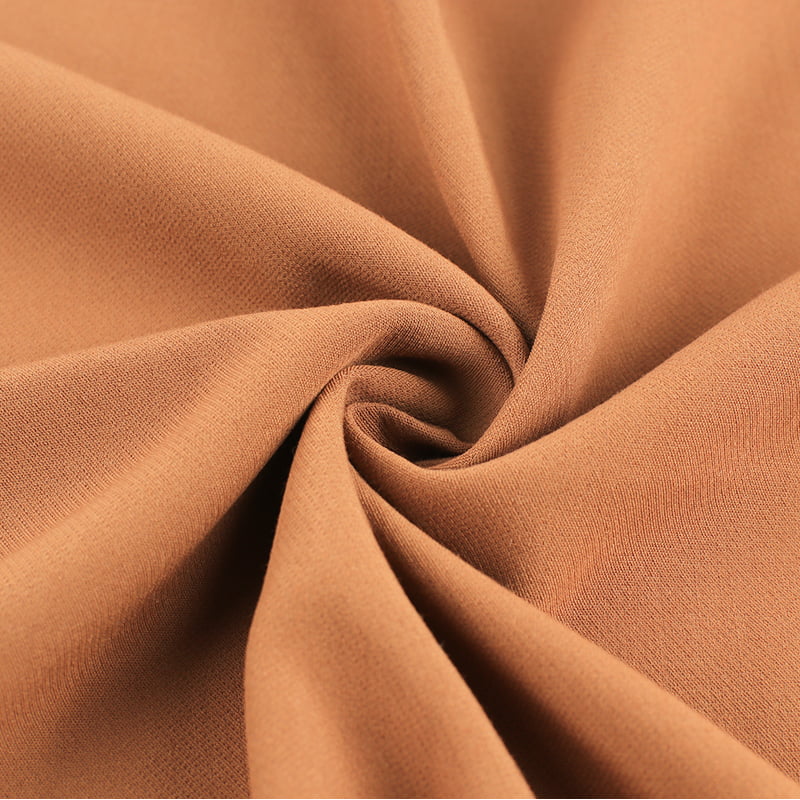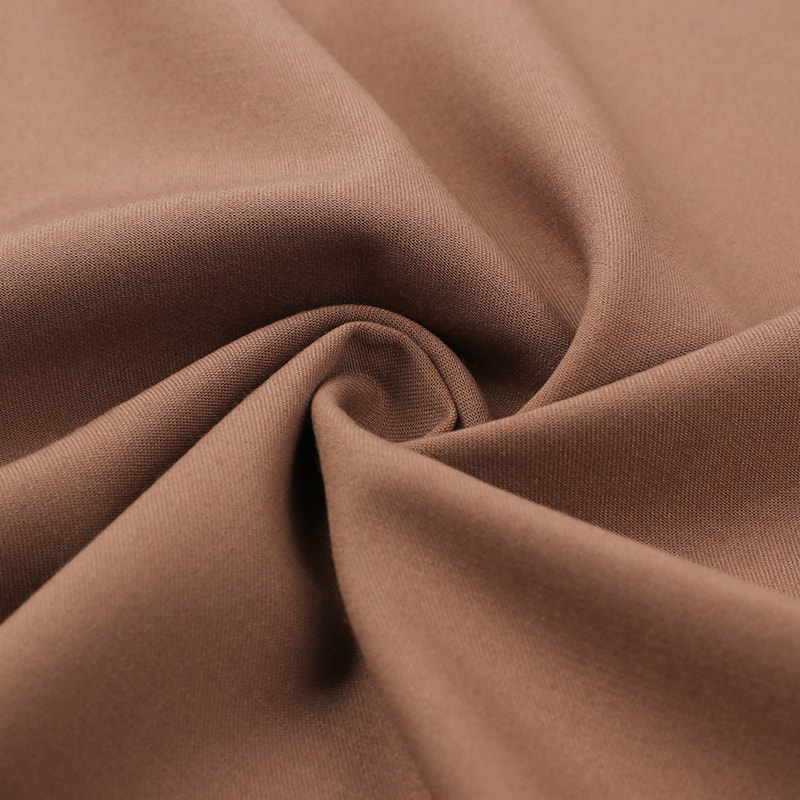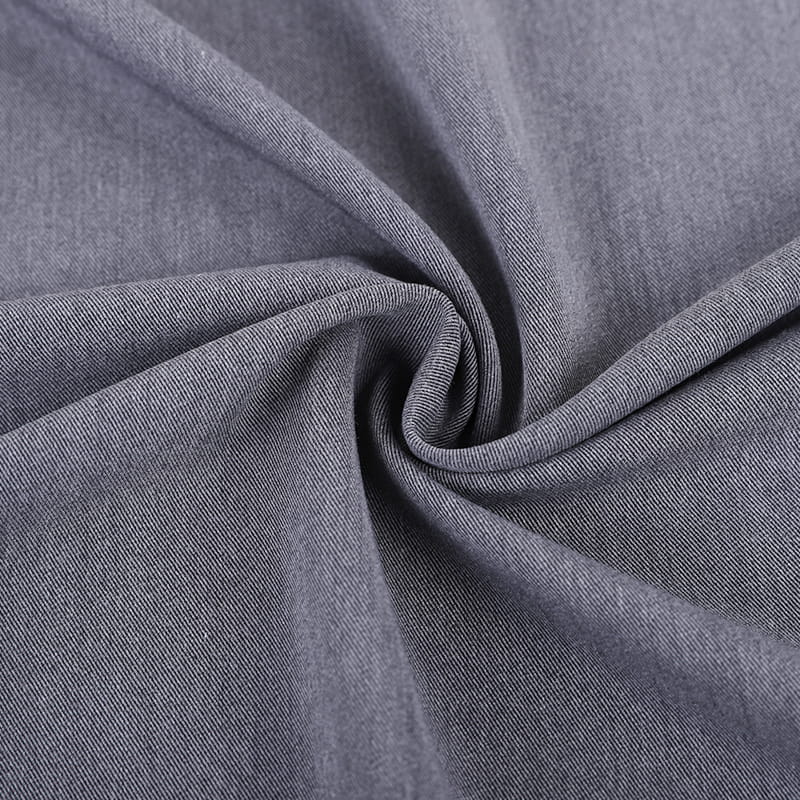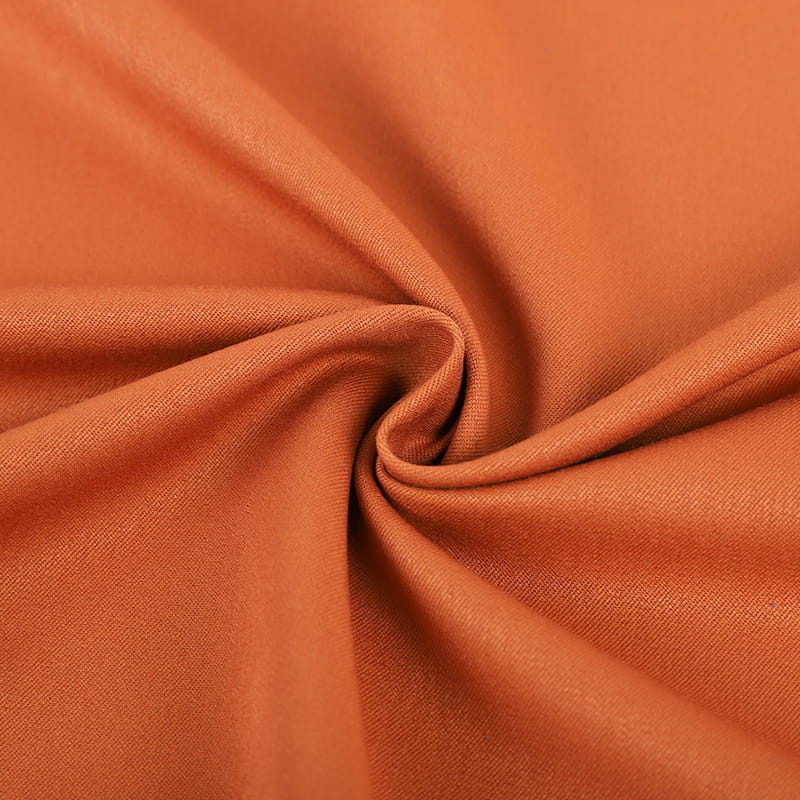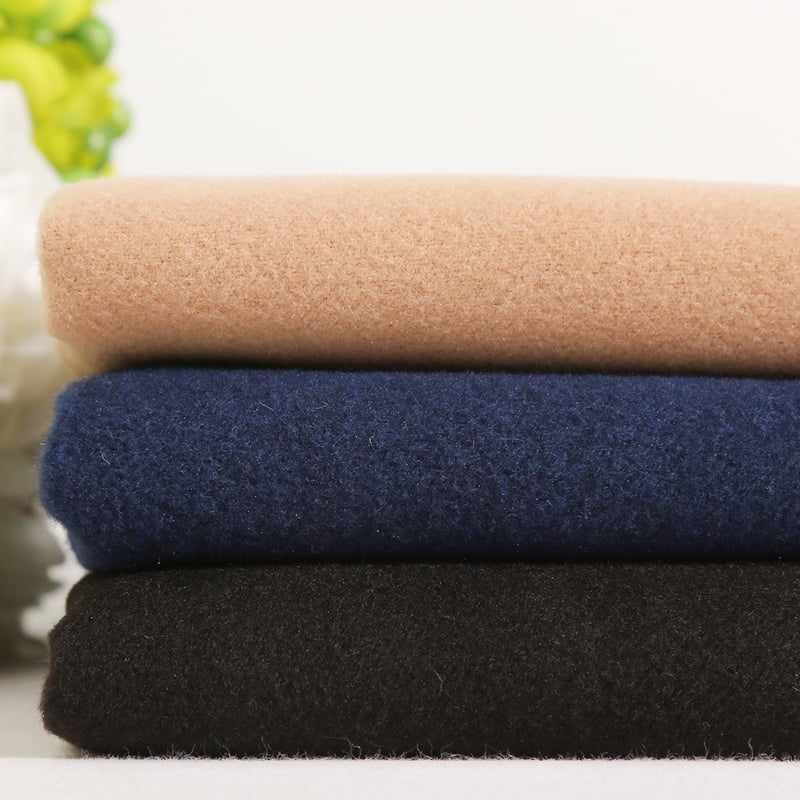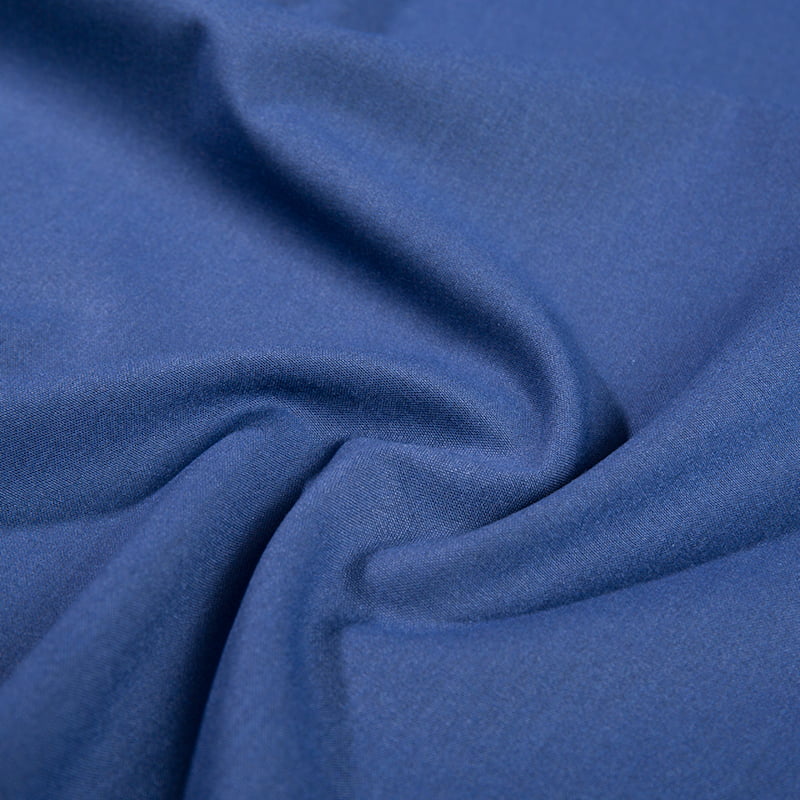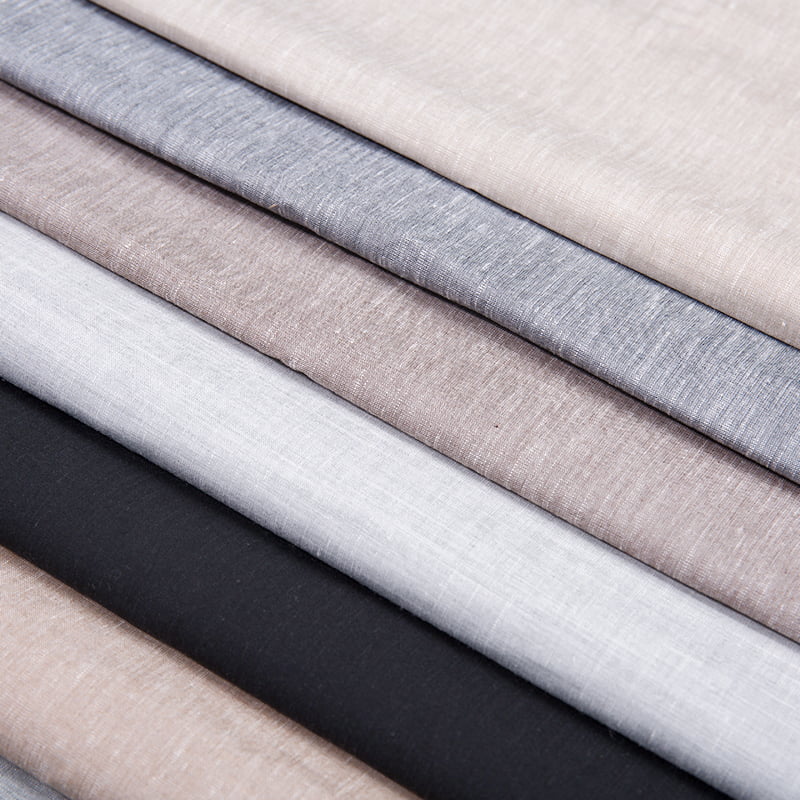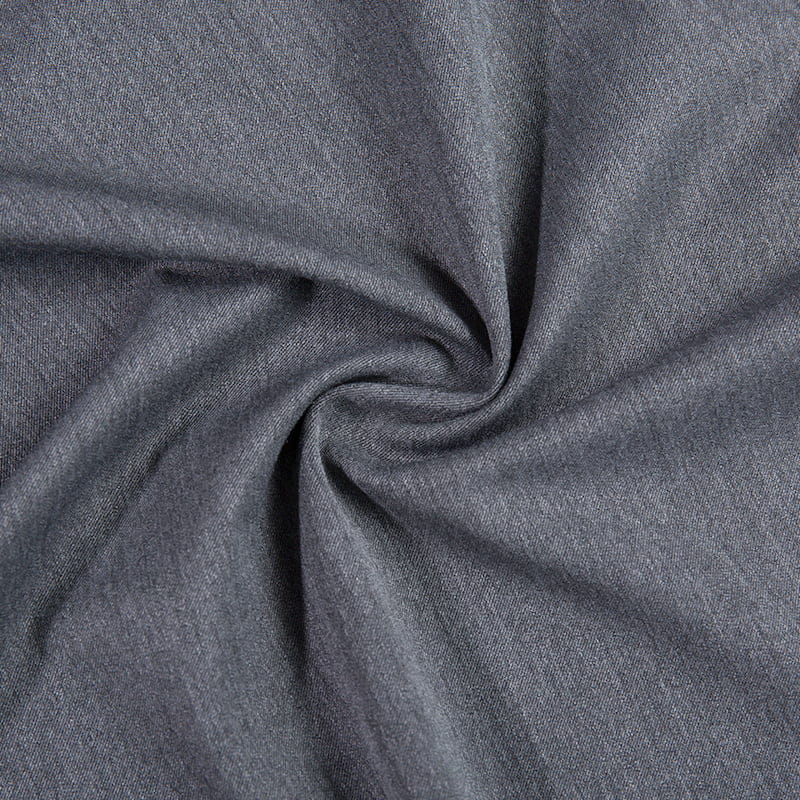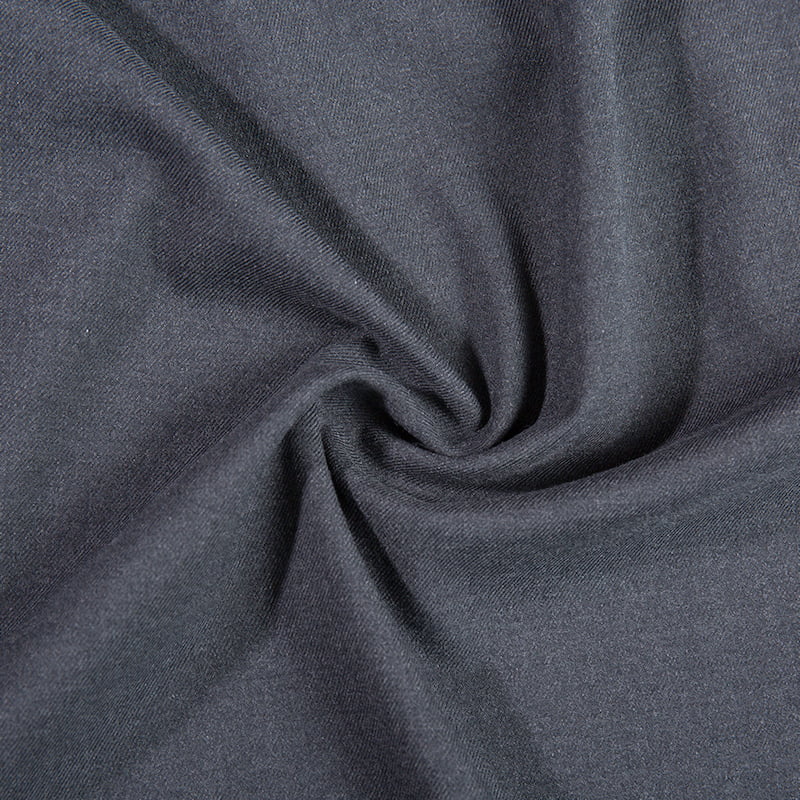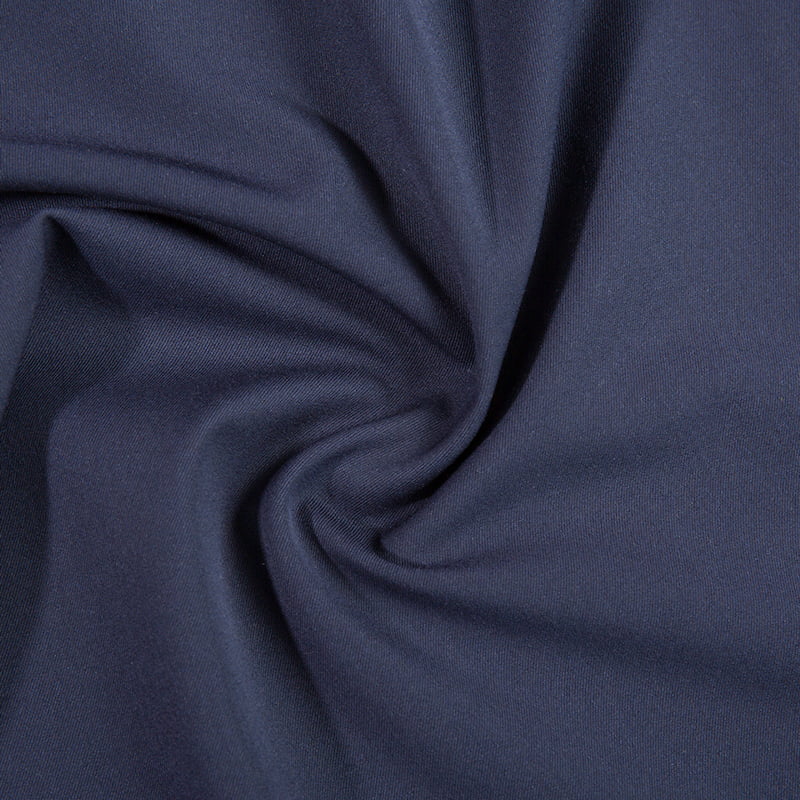TR fabric, a blend of Terylene (Polyester) and Rayon, has become a staple material in the apparel industry due to its balanced set of properties.
Understanding TR Fabrics
TR fabrics are typically composed of a ratio around 65% polyester to 35% rayon. This specific combination synergizes the strengths of both fibers: the durability, crispness, and easy-care nature of polyester with the moisture absorption, softness, and dye affinity of rayon. The resulting material offers a practical compromise between synthetic resilience and a natural fiber feel, making it a versatile choice for various clothing categories.
Recommended Garment Applications
1. Professional and Formal Wear
TR fabrics are an excellent choice for trousers, skirts, and suit separates for both men and women. The polyester content provides excellent shape retention, reducing the likelihood of wrinkling and bagging around the knees throughout the workday. The rayon component adds depth of color and a softer, more breathable hand feel compared to pure polyester, elevating the garment's comfort and appearance. Garments made from TR fabrics often maintain a sharp crease and require less frequent ironing.
2. Blazers and Structured Jackets
The inherent drape and stability of TR fabrics make them suitable for blazers and lighter-weight jackets. The fabric has enough body to hold a structured silhouette without being overly rigid. This ensures that the jacket maintains its intended shape while allowing for comfortable movement.
3. School Uniforms and Workwear
The durability and ease of maintenance are key factors here. Clothing made from TR fabrics can withstand repeated washing and wear, which is essential for uniforms. Their resistance to wrinkles and quick-drying properties ensure a neat and professional appearance with minimal upkeep, meeting the practical demands of daily use.
4. Casual Dresses and Skirts
For casual day dresses and A-line skirts, TR fabrics offer a comfortable drape that moves well with the body. The blend is more breathable than pure synthetic fabrics, improving wearer comfort. It also accepts prints and dyes effectively, allowing for a wide range of colors and patterns in casual fashion.
5. Certain Types of Light Outerwear
While not suitable for heavy winter coats, TR fabrics can be effectively used in windbreakers, light trench coats, or spring jackets. The fabric's density can provide a barrier against wind, and its structural integrity supports the design of outerwear garments that require a defined shape.
Key Considerations for Use
When selecting TR fabrics for garment construction, several factors should be noted:
Weight: The weight of the fabric (e.g., light, medium, heavy) must be appropriate for the intended garment. Heavier weights are suited for trousers and winter skirts, while lighter weights are ideal for blouses and dresses.
Weave: The type of weave (e.g., twill, plain) significantly impacts the fabric's hand feel, drape, and final appearance. A twill weave is common for trousers, offering durability and a distinctive diagonal texture.
Care Instructions: Although TR fabrics are generally low-maintenance, it is important to follow care labels. Typically, they are machine washable and dryable, but low heat is recommended to prevent excessive wrinkling and maintain the fabric's integrity over time.
TR fabrics represent a versatile and functional material solution. Their unique blend of properties positions them as a preferred choice for a range of garments where durability, ease of care, and a polished appearance are paramount.


 English
English 中文简体
中文简体 日本語
日本語 한국어
한국어 Español
Español русский
русский
